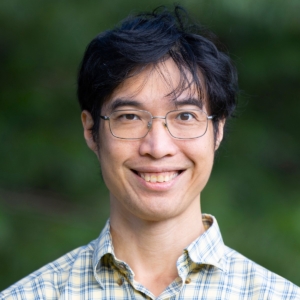Observing the Worst- and Best-Case Line-System Transmission Conditions in a C-Band Variable Spectral Load Scenario
We experimentally investigated variable spectral loading in an OMS, identifying performance under best and worst transmission conditions. Metrics and data visualization allowed correlation between channel configurations and OSNR variations, enabling the derivation of a simple spectrum allocation rule.


